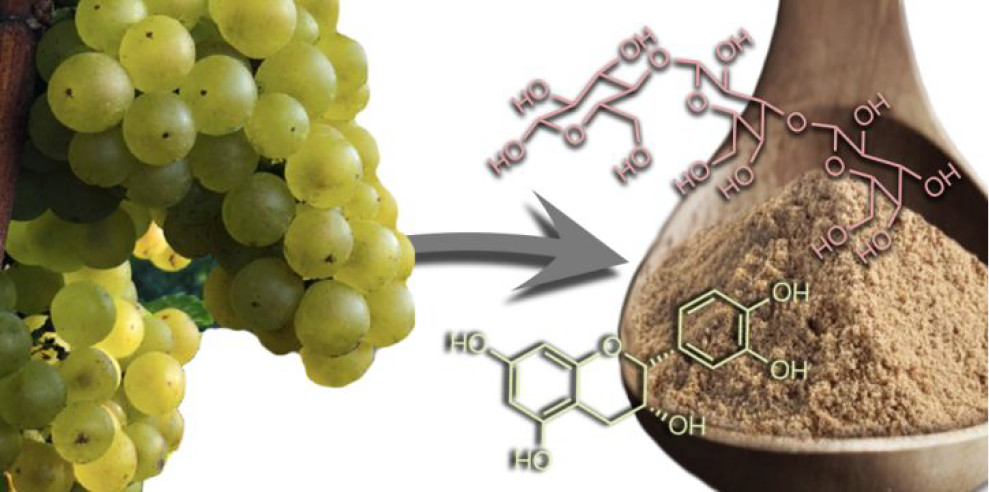New article in the Journal of Agricultural and Food Chemistry
A new publication from Dr. Ilias Tagkopoulos and collaborators about Chardonnay Marc as a New Model for Upcycled Co-products in the Food Industry: Concentration of Diverse Natural Products Chemistry for Consumer Health and Sensory Benefits.

Abstract: Research continues to provide compelling insights into potential health benefits associated with diets rich in plant-based natural products (PBNPs). Coupled with evidence from dietary intervention trials, dietary recommendations increasingly include higher intakes of PBNPs. In addition to health benefits, PBNPs can drive flavor and sensory perceptions in foods and beverages. Chardonnay marc (pomace) is a byproduct of winemaking obtained after fruit pressing that has not undergone fermentation. Recent research has revealed that PBNP diversity within Chardonnay marc has potential relevance to human health and desirable sensory attributes in food and beverage products. This review explores the potential of Chardonnay marc as a valuable new PBNP ingredient in the food system by combining health, sensory, and environmental sustainability benefits that serves as a model for development of future ingredients within a sustainable circular bioeconomy. This includes a discussion on the potential role of computational methods, including artificial intelligence (AI), in accelerating research and development required to discover and commercialize this new source of PBNPs.
Reference: Holt, Roberta R., Daniela Barile, Selina C. Wang, John P. Munafo Jr, Torey Arvik, Xueqi Li, Fanny Lee, Carl L. Keen, Ilias Tagkopoulos, and Harold H. Schmitz. “Chardonnay Marc as a New Model for Upcycled Co-products in the Food Industry: Concentration of Diverse Natural Products Chemistry for Consumer Health and Sensory Benefits.” Journal of Agricultural and Food Chemistry (2022) doi: 10.1021/acs.jafc.2c04519 (link), (pdf)